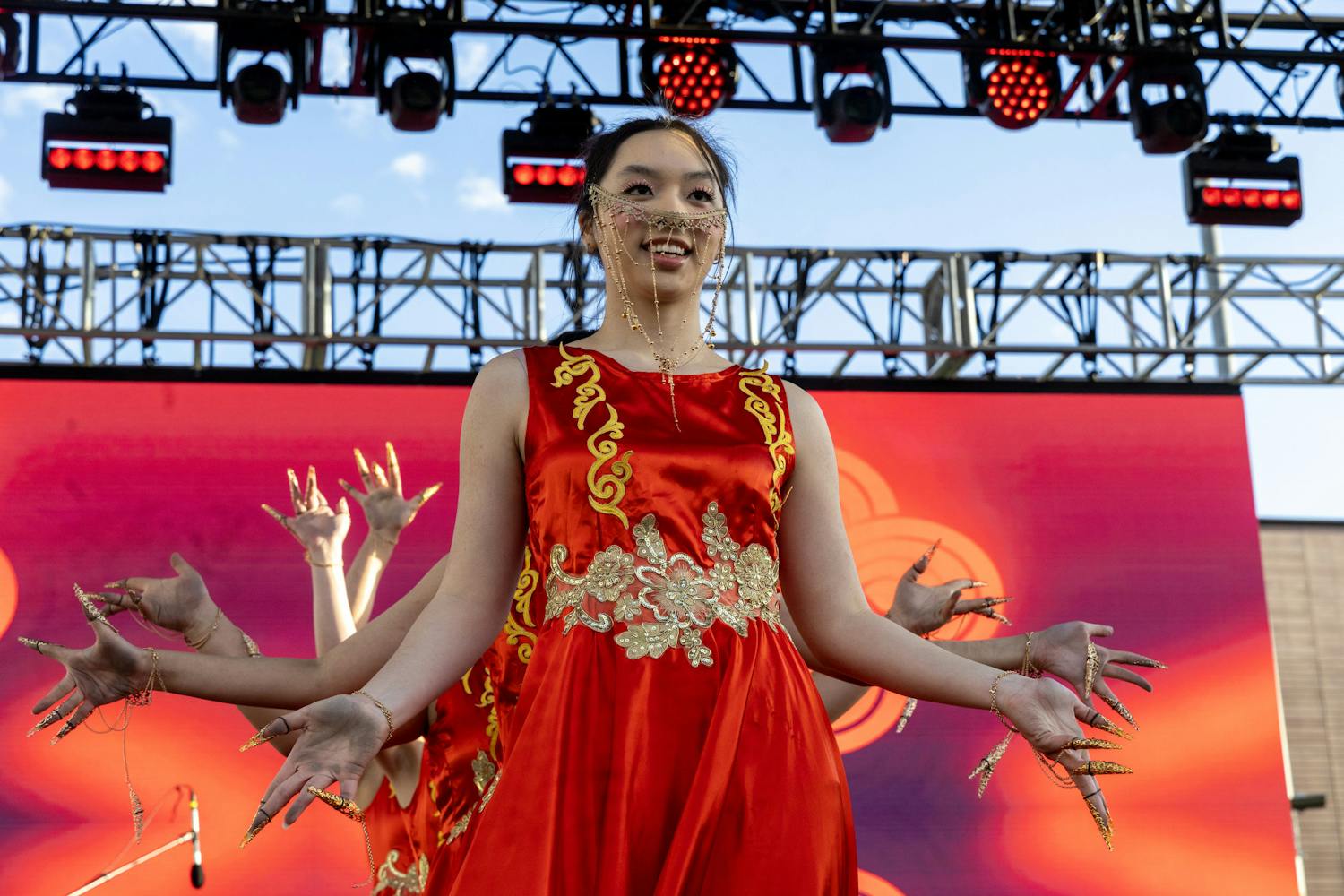ASU's class of 2022 embodies the University's core values of diversity and inclusion perhaps more than its predecessors, a trait that could improve the University environment overall.
The class is both the largest and most diverse ever, with 45.5% of students from minority backgrounds. According to U.S. Census Bureau population estimates, Arizona’s population is 54.9% white, 31.4% Hispanic or Latino, 5% black and 5.3% American Indian and Alaska Native.
Hermina Rincon, a University spokesperson, said diversity is “intrinsically part of the Sun Devil community.”
According to a report done by the National Student Clearinghouse Research Center, white and Asian students who started in two-year public institutions had a higher overall completion rate than their Hispanic and black peers.
Rincon noted that the ASU charter focuses on including any individual who is qualified to study at ASU, regardless of background or socioeconomic status.
“ASU has and will continue to work to expand its diversity in all forms while supporting the success of our students and continue to encourage inclusion," she said. "... We also expect students to maintain a community that encourages diversity and inclusivity.”
Lindsey Meân, an associate professor in the School of Social and Behavioral Sciences, said that diversity is crucial, especially in learning spaces like ASU.
“When it comes to diversity, there are so many ways increased diversity can impact students,” Meân said. “In the classroom alone, having a larger group of students who can offer all different types of perspectives and experiences can really enrich discussions.”
She said that having a more diverse student population could also make some classroom discussions and research studies about race and culture feel more relevant as they bring different groups together in a more personal way.
Meân also said that diversity may have an impact on student political activism.
“Throughout our lifetimes, people tend to have politically active periods and then it hits a lull,” she said. “I can only assume that diversity in the student body contributes to awareness and the need to be engaged.”
According to enrollment trends, the increase in diversity comes with overall growth in student enrollment, which grew to 60,108 undergraduates in the fall of 2018. The trends also show that there was a 47.6 to 52.4 enrollment ratio of female to males in the fall of 2018.
Marcus Tillman, a sophomore majoring in criminology and criminal justice, said that while the increase in diversity is a step up, there is still much work to be done.
“In high school, I would look around and see no other African American people, ever,” Tillman said. “When I got to college there was definitely a spike, but not as much as I expected.”
He said that while he has seen an increase in ethnic diversity, he may only see a handful of other black students in his largest classes.
“What I think is really important is that ASU is marketing themselves equally to everyone, and I think they’ve done that,” he said. “All they have to do now is wait for the numbers to go up, and over the years, they have.”
Reach the reporter at kreinha3@asu.edu and follow @ReinhartKatelyn on Twitter.
Like The State Press on Facebook and follow @statepress on Twitter.




